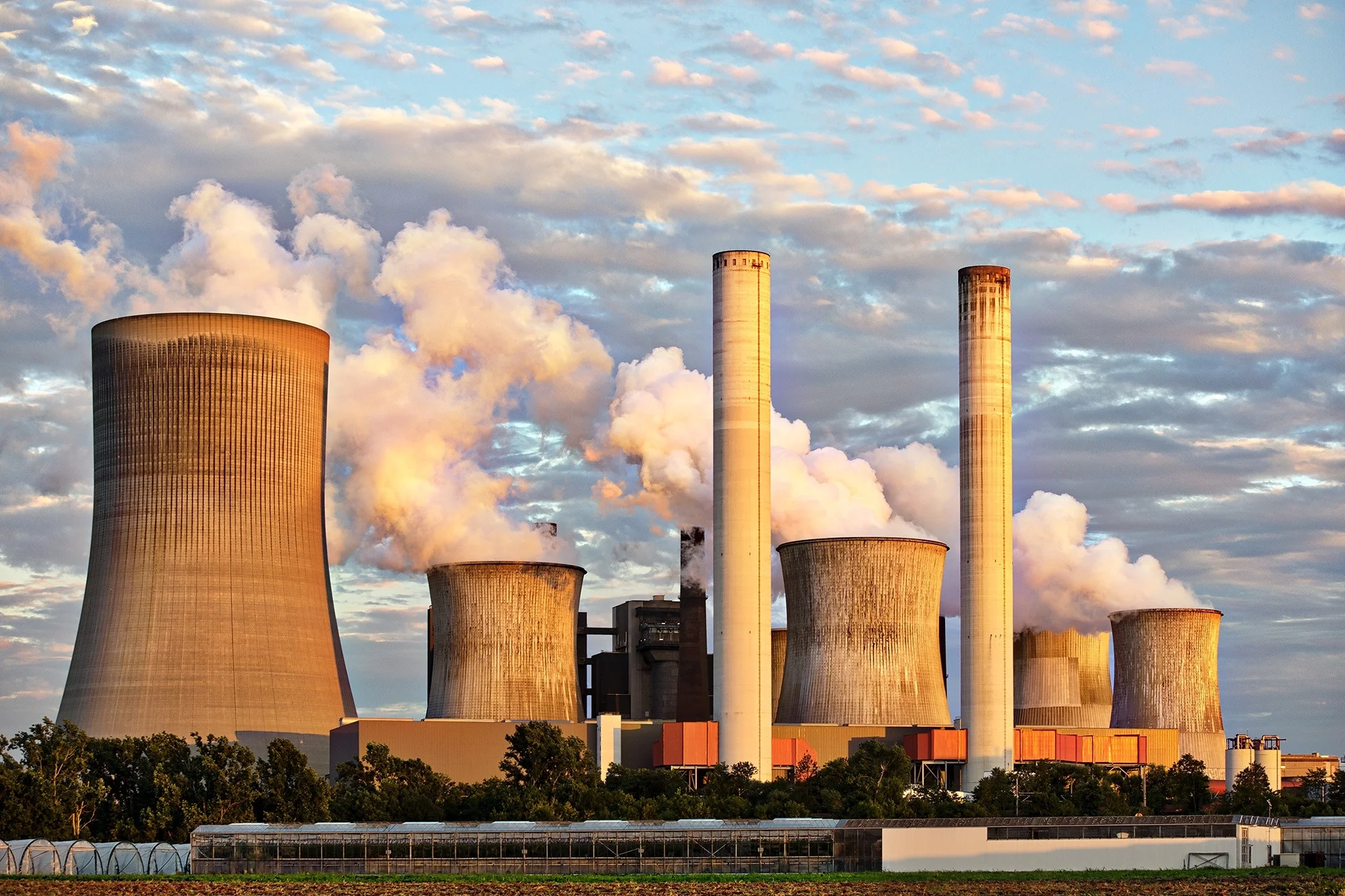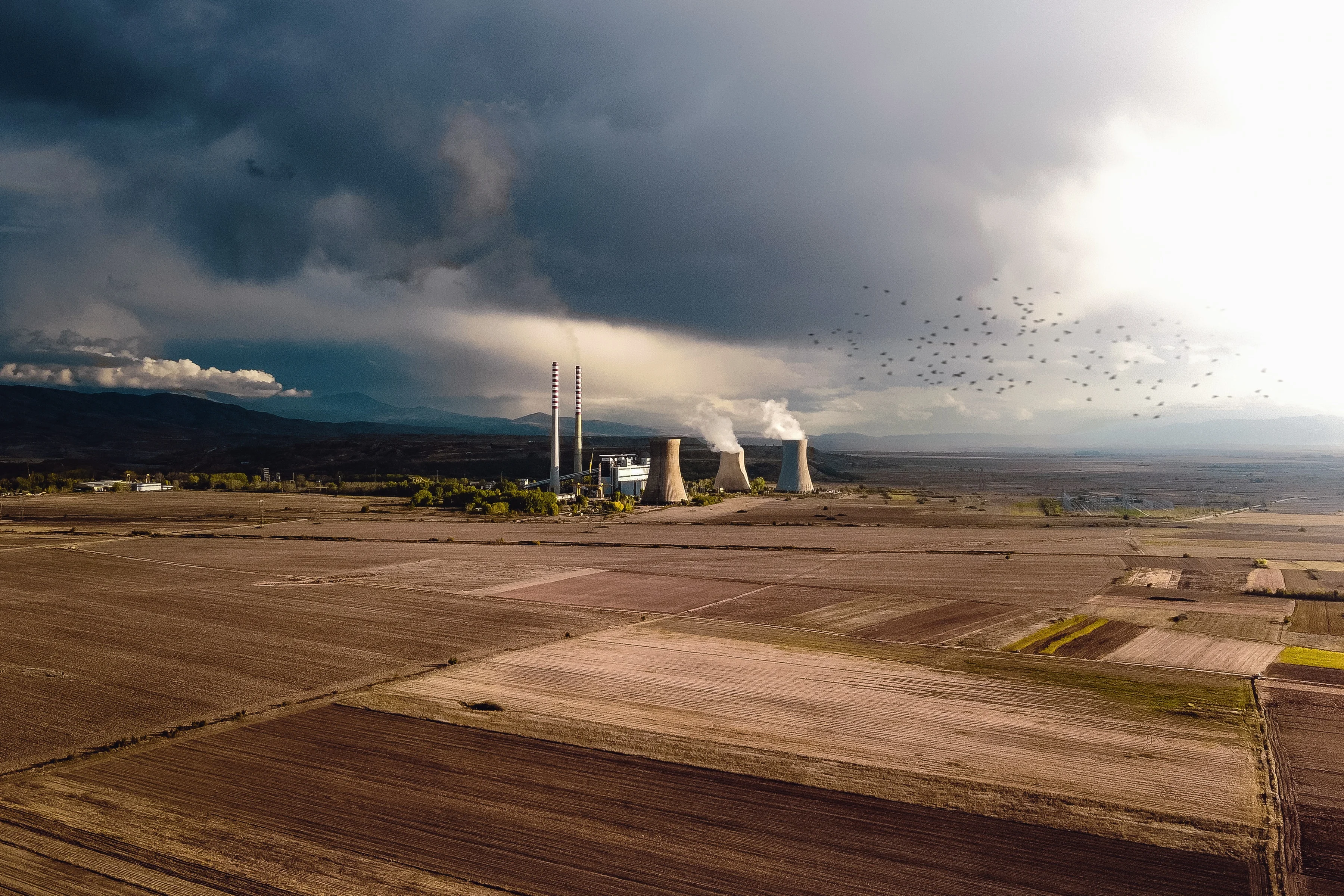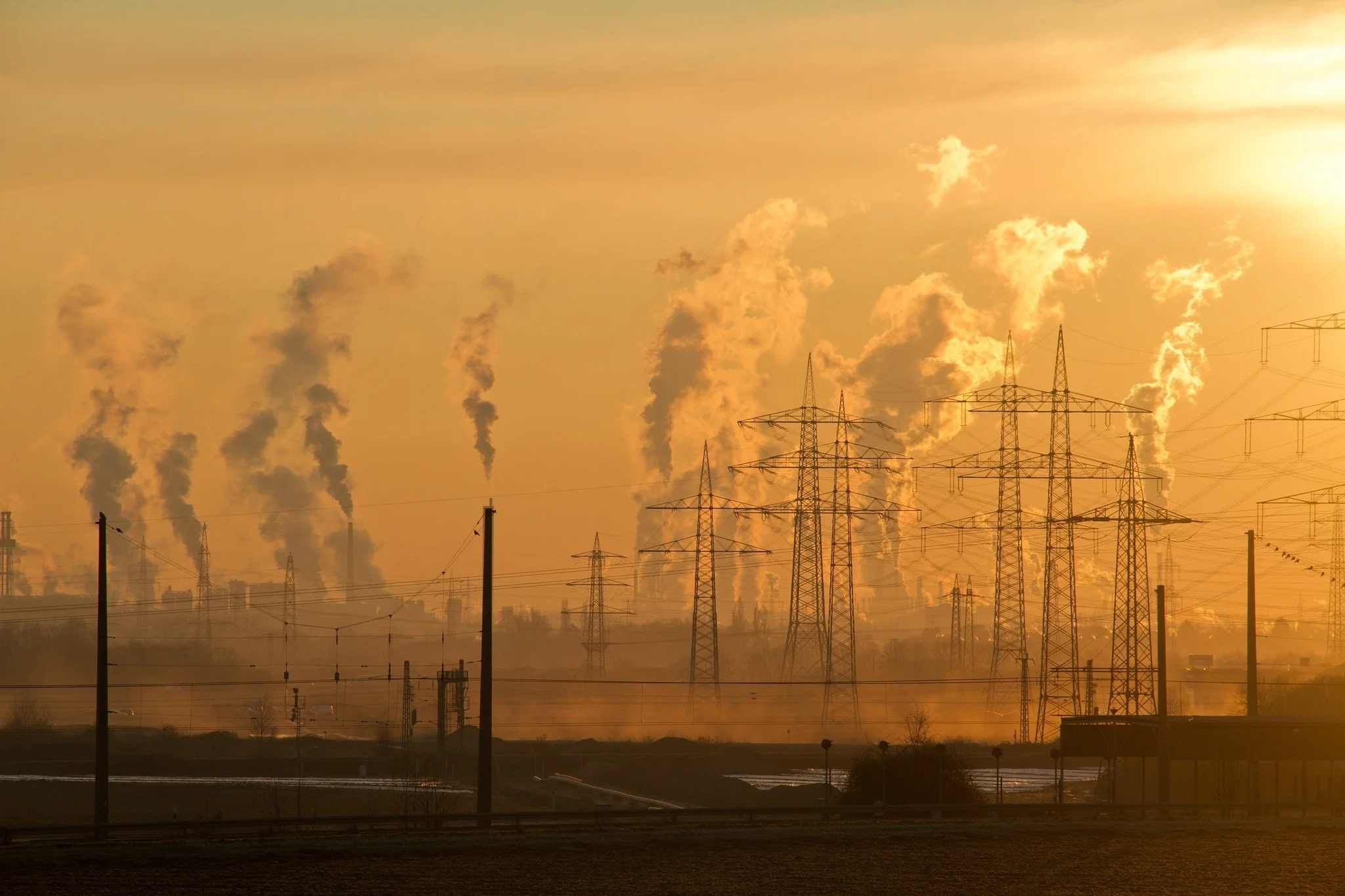Sample by My Essay Writer
Technical Summary

Nuclear power is arguably one of the most effective approaches to the generation of power in the forms of heat and electricity. Its applicability in the modern world is highly dependent on the technological approach used in power generation and handling of materials. It is essentially generated from uranium, a radioactive, and unstable metallic element taken through the atomic splitting process of nuclear fission to release exponentially increasing amount of energy with minimal output spent in material waste (Kessler, 2013). As a heavy nucleus, Uranium’s instability facilitates fission into smaller nuclei, which results in the output of electrostatic forces holding the initial atom together, and the breaking of bonds facilitates the growth of this energy (Murray & Holbert, 2014). The nuclear capacity of a substance is based on its ability to resist rejoining and maintain instability throughout the fission process, through which the difference between binding energy and fission is released as usable forms of energy.

As opposed to the processes of burning fuels for energy, fission allows for the breakdown of a substance with the output of similar state elements at a low volume output of waste materials. The reactor core, within which the fission process occurs, possesses a shield from the reaction process (a thick concrete layer) and has an electricity generation system based on expansion properties of a choice substance (Kessler, 2013). The choice of electric power generation relies on the environmental requirements of each nuclear plant, with steam generators being a common option. The fission process itself involves the splitting of the uranium atom by blasting it with a neutron at very high speeds and cause its instability to release neutrons, which hit other atoms and result in a chain reaction occurring at an exponential energy release equation.
The significance of these technical aspects of the fission process is in the release of radiation from the splitting process, the instability of the energy release equation, and the sheer amount of energy released from the fuel rods. The risks, from a technical perspective, surround the fission itself, which captures the limitations that are in the ability to control a chain reaction (Kessler, 2013). Uranium pellets are placed inside fuel rods, which are located within the reactor core, and the reactions occur within these rods. The stability of the reaction is based on the ability possessed by scientists to regulate the amount of uranium versus the cooling process, which is used to run the electricity generators. The variations in heat energy released must be followed by a similar variation of cooling provided to maintain optimal power generation without risking a meltdown of the reactor core (Murray & Holbert, 2014). On the other hand, these reactions and their variations occur rapidly, necessitating the automation of some of these processes, which also carry the risk of malfunction. All these risks have to be factored in when assessing the benefits of the power plant versus the risks.
Since the reactions are contained within the core, the resultant waste Uranium can be recovered and disposed off through safe processes. In comparing the amount of energy produced by the process and the output of wastes, the efficiency of the process is considerably high (Murray & Holbert, 2014). Also, its potential is not limited to resource availability, since the design process can be modified to fit the electricity production process various regions. The largest output from a conventional plant in waste is water vapor from the cooling process, which carries minimal threats to the atmosphere, and can be eliminated through the installation of an auxiliary steam cooling facility to reduce water consumption and waste (Murray & Holbert, 2014). Also, the resources that the entire process requires can be obtained sustainably from the environment, with the primary reaction substance, Uranium, being mined in various regions globally. The facilitation of the fission process can, therefore, be supported within the natural environment. [Need an essay writing service? Find help here.]

The Reliability of Nuclear Power as a Clean and Safe Energy Choice
The discussion of nuclear power commonly covers its benefits as they outweigh the risks presented by its technological setup. It is important to recognize the potential that it presents to the world, and as energy needs grow every day on a global basis, energy sources are sought after more intensively. The need for clean, safe, and sustainable energy resources is based on the attempts by the human race to function sustainably within the natural environment with minimal impact to facilitate longevity of resources. The preference of renewable energy resources is based on the need to reduce the impact of energy consumption on the resources in the environment. However, as a non-renewable energy option, nuclear fission may offer more convincing resource conversion ratios than most energy resources. When discussing the necessity of nuclear power globally, therefore, considerations have to be based on more than just the consumption of resources, the output of waste material, or demand of consumption. In consequence, the following discussion will capture the economic need versus potential, demand versus sustainability of supply, and the energy stability versus risks in operations. This analysis of such aspects aims at arguing for the necessity of more nuclear programs based on furthered research on a global scale.
Energy Potential of Nuclear Power
The ability of a nuclear power plant is based its design capability to offer energy solutions within its environment. It, therefore, captures the capacity of conversion of the environmental factors to meet the needs of the situation of a nuclear power plant. A conventional power plant requires space, geotechnically suitable sites (for the situation of a core on or below ground surface), natural resources for the running of the facility (water and electricity), and a source of an unstable radioactive substance (Uranium). Kessler (2013) argues that these needs are then compared to a similarly oriented energy source within the environment. A common comparison point within his discussion includes the usage of fossil fuels for similar power generation; where the burning of such fuels offers energy required for electric power generation. The energy potential of a nuclear fission process is offered by the consideration of the amount of electrical energy that can be obtained from the heat energy delivered by the chain reaction (Kessler, 2013). It is agreeable that the efficiency of the generators, therefore, is the limiting factor for optimal power generation, and can be moderated with demand. [“Write my essay for me?” Get help here.]
On the other hand, Kharecha and Hansen (2013) express that the fission process in itself offers an exponentially increasing heat process, which is only limited to the amount of radioactive material fed into the reactor. With up to about 97% energy production from the fuel rods (for near-pure Uranium Oxide), the limitation of a nuclear reactor only emerge from the ability of materials to absorb the heat released, the energy losses in the transmission of the heated coolant (water), and the transmissibility of energy into the generator for conversion to electricity (Murray & Holbert, 2014). The total conversion ratio may, therefore, be assessed as a near 90% efficiency level which is not only the highest potential achievable for energy conversion but offers more energy per mass compared to all other energy resources currently in commercial use. Based on these concepts, one can appreciate the energy equation £=MC2as it applies to the potential of each mass input into the core, and applies to the output with minimal adjustment to error due to energy losses within transmission and conversion machinery (Murray & Holbert, 2014).
Positive Elements of Nuclear Power


As an alternative to other forms of energy, nuclear power sources carry the advantage of efficiency and as a result, the capacity to offer large amounts of energy from minimal input of resources. This aspect of resource utilization efficiency increases the attractiveness of the energy source since it can fit the requirements of large industrial development, meet massive consumer demands, and facilitate related industries. The following aspects present the nuclear power an advantage over other energy sources:
Minimal resource consumption
As a non-renewable source of energy, it faces the threat of the depletion of the resources with time. However, the conversion ratio of the material consumed during the power generation process offers minimal amounts consumed as compared to the energy requirements in the current industrial setting. Kharecha and Hansen (2013) capture the concept that the mineral potential in the globe has not been explored near its full potential compared to fossil fuels such as coal and oil; the field of nuclear energy industry can thus be labeled as in its infancy state in development with an increasing potential. For a complete exhaustion of the minerals necessary, the demand for energy in the market has to increase exponentially, with nuclear power as the sole supplier of such needs. In the instance that such an occurrence is possible, the consumption of energy would be followed by a similar facilitation of energy extraction from the available grades of uranium resources (Murray & Holbert, 2014). In addition to this factor, the substitution of substances that are usable within the process is possible with the increasing possibility in the commercialization of the nuclear fusion process, which presents an unlimited array of materials that are usable in the process.[Click Essay Writer to order your essay]
The consumption of other resources is nearly insignificant in this process, as only the principle mineral is exhaustively used in the fission process. Water, for example, is not entirely consumer, with the majority of water output from the process being converted to vapor and released into the environment. Such water only resumes its natural water cycle in gaseous forms, with a slight interruption which fast tracks the conversion of water to its gaseous state. In regions where water resources are scarce, there are various options to be explored in the design process of a power plant. It is possible to cool the vapor and obtain recycled water to use in the electricity generators/coolers or to output into the environment for non-consumptive usage (Murray & Holbert, 2014). These measures reduce the amount of water consumed by the process and result in minimal resource utilization from the environment. It is also possible to use alternate coolants that cannot be exhaustively consumed, and through the recycling process, no water is required from the environment within the energy production stage.




As a sustainable energy resource
Nuclear power resources ideally have minimal impact in the environments they operate in, with minimum requirements demanded by these environments. In the first place, these power stations do not have any smoke/gaseous outputs other than water vapor. Such output is thus void of pollution towards the atmosphere, and the effects of greenhouse gasses and acid rain are avoided. Also, these plants do not produce hot gases into the atmosphere (water vapor is released at a similar temperature as vaporized atmospheric air) and have no effect on the weather of each region or the global temperatures (Elliott, 2016). When compared to the usage of fossil fuels, the output is significantly greener than alternatives offered by burning coal or oil. The sustainability of this resource is based on its capacity to operate in an environment without affecting its operations. Since it does not contribute directly to global warming, excessive (or unwarranted) consumption of natural resource or impact the environment in measurable capacity, nuclear power is a sustainable enterprise.
Financial viability
By comparing the input of resources necessary for the initiation of nuclear power plant and the benefits regarding energy and cleanup impacts, it is possible to classify it as a viable endeavor. The construction of a power plant is not limited to geographical constraints, as it does not require a large site, location of natural resources, or topographical setting. Inasmuch as there is a need for water for cooling purposes, a design may explore the usage of alternate coolants where the environment constricts the usage of water without a significant impact on financial input. An assessment of other costs illustrates similarly low requirement in investment (Elliott, 2016). Apart from construction and initiation costs, maintenance does not include investment in excess mining costs, transportation of large volumes of materials, or the handling of fuel. The automation of these processes also cuts significantly on running costs. When comparing these aspects to the vast energy potential, one can appreciate the significant cost-benefit ratio of such an energy venture.
Power volume output
This consideration is based on the amount of input versus the sheer energy volumes that can be achieved in an ideal situation. Also, as a benefit, it is comparable to other energy resources and the volumes that they can offer with respect to fuel input. Kessler (2013) further presents the concept that nuclear fuel (in this case, Uranium) is required in small volumes in comparison to fossil fuels. It, therefore, carries an enormous nameplate size, with energy capacity for a standard plant reaching 1 GigaWatt (Kessler, 2013). Within this consideration, there are opportunities within the nuclear fission process to maximize output, from the usage of efficient steam generators to the application of materials that absorb most of the heat energy output. All these aspects, as factored into the design, offer more energy for a reducing amount of nuclear fuel. In addition to this factor, the stability of power generation is consistent and does not shift with time, as observable with other resources, inclusive of fossil fuels and renewable resources that may change in usability with changes in cost and availability (Qvist & Brook, 2015). The volume, therefore, is constant due to its minimal dependence on environmental factors for resources. The comparison of power from nuclear plants, therefore, trumps renewable resources on these aspects since they are tied to changes in weather and environment.


Risks Posed by Nuclear Power Generation
New technologies under development are commonly subject to risks and disadvantages that are factors of production. When comparing nuclear power plants to other non-renewable power generation methods, it may seem that the nuclear option is cleaner, safer, and sustainable. However, there have been various incidents surrounding nuclear research, weapon usage, and the energy production process itself, which raise concerns on the level of risk presented by the use of such technology in power generation. Among the concerns in this scenario are:
Safety
Based on the discussions of the risks of situating a nuclear power plant within the natural environment, Elliott (2016) writes that it is possible to appreciate that accidents in such environments would have adverse effects on an international scale. Based on the incidents in Three Mile Island in 1979 and Chernobyl in 1986, the risk of nuclear power failures was seen as significant. However, with the advancement of technological setups in design and energy production, it has become possible to ensure secure and safe operation (Elliott, 2016). It is imperative to recognize that there has been progress made in technological advancements, in automation of processes to eliminate errors and application of known scientific concepts to control energy outputs in each process. Since 1986, these changes have played a significant role towards the guarantee of power generation on a safe platform, effectively reducing possibilities of major incidents (Elliott, 2016).




Radioactive waste
There are fears on the significance in the disposal of nuclear waste, commonly in the form of radioactive materials, with incidents marking the irresponsible handling of such waste within the natural environment. Within this consideration, it is necessary to appreciate that the volumes of such waste released are small, and with suitable policies in the management of such waste, it is possible to achieve a clean energy production process. According to Elliott (2016), such waste remains radioactive for a long time, with uranium’s half-life going up to 25,000 years and must, therefore, be discarded in safe regions cordoned off for such purposes. Arguably, this issue is not a factor of energy production, but rather the irresponsibility of the waste management problem. However, Qvist and Brook (2015) make comparisons that the challenge is significantly measurable to the effects of burning of fossil fuels on the global environment, with the only difference being that it can be controlled with the suitable implementation of disposal protocols.


Energy waste
Inefficient production of energy in this setting involves energy losses invoked within the production process and transmission to consumers. The issues here include the release of excess energy (within which the generators cannot absorb) which is eventually dissipated into the environment through heat sinks. Although this release does not harm the environment (it is a gradual release), the wastage itself may become a significant issue in future when demand for energy increases (Kharecha & Hansen, 2013). However, it is not a significant limitation due to the sheer capacity of production that the reactors possess. In future, it may be possible to integrate the usage of materials with 100% absorption of energy released, regardless of the small volumes wasted in the current setting. On the other hand, since these production processes cannot be moderated to fit demand, there are significant losses of energy due to minimal demand with time. Based on a similar argument, the sheer volume of energy produced cancels the worry over the minimal amounts of energy losses.


On considering these arguments from different perspectives, there are emergent issues that may become significant in the future. However, based on current scientific appreciation of the processes of nuclear fission and its output, this energy resource is the most viable and sustainable energy resource available. Within all the valid reasons for concern over safety, the resource utilization, and benefit ratio, the suitability of this option is seen as the most appropriate. Since all issues that have emerged with the technology have the possibility of addressing, there is a reduced risk as compared to other non-renewable resources, which pose a greater irreversible damage to the environment. Based on the sheer capacity, potential, and power conversion abilities of nuclear fission, the process is a far better option in comparison to zero output renewable resources that face limitations within their operating environment. For the bettering of nuclear resources, it is imperative that the industry attempts to embrace this approach further for the sustainability of future operations.
References
Elliott, D. (Ed.). (2016). Nuclear or not?: Does nuclear power have a place in a sustainable energy Future? Basingstoke, United Kingdom: Palgrave Macmillan.
Kessler, G. (2013). Nuclear fission reactors: Potential role and risks of Converters and Breeders. Berlin: Springer Science & Business Media.
Kharecha, P. & Hansen, J. (2013). Prevented mortality and greenhouse gas emissions from historical and projected nuclear power. Environmental Science & Technology, 47(9), 4889-4895
Murray, R. & Holbert, K. (2014). Nuclear energy: An introduction to the concepts, systems, and applications of nuclear processes (7th ed.). Amsterdam: Elsevier.
Qvist, S. & Brook, B. (2015). Potential for worldwide displacement of fossil-fuel electricity by nuclear energy in three decades based on extrapolation of regional deployment data. PLOS ONE, 10(5), e0124074.






